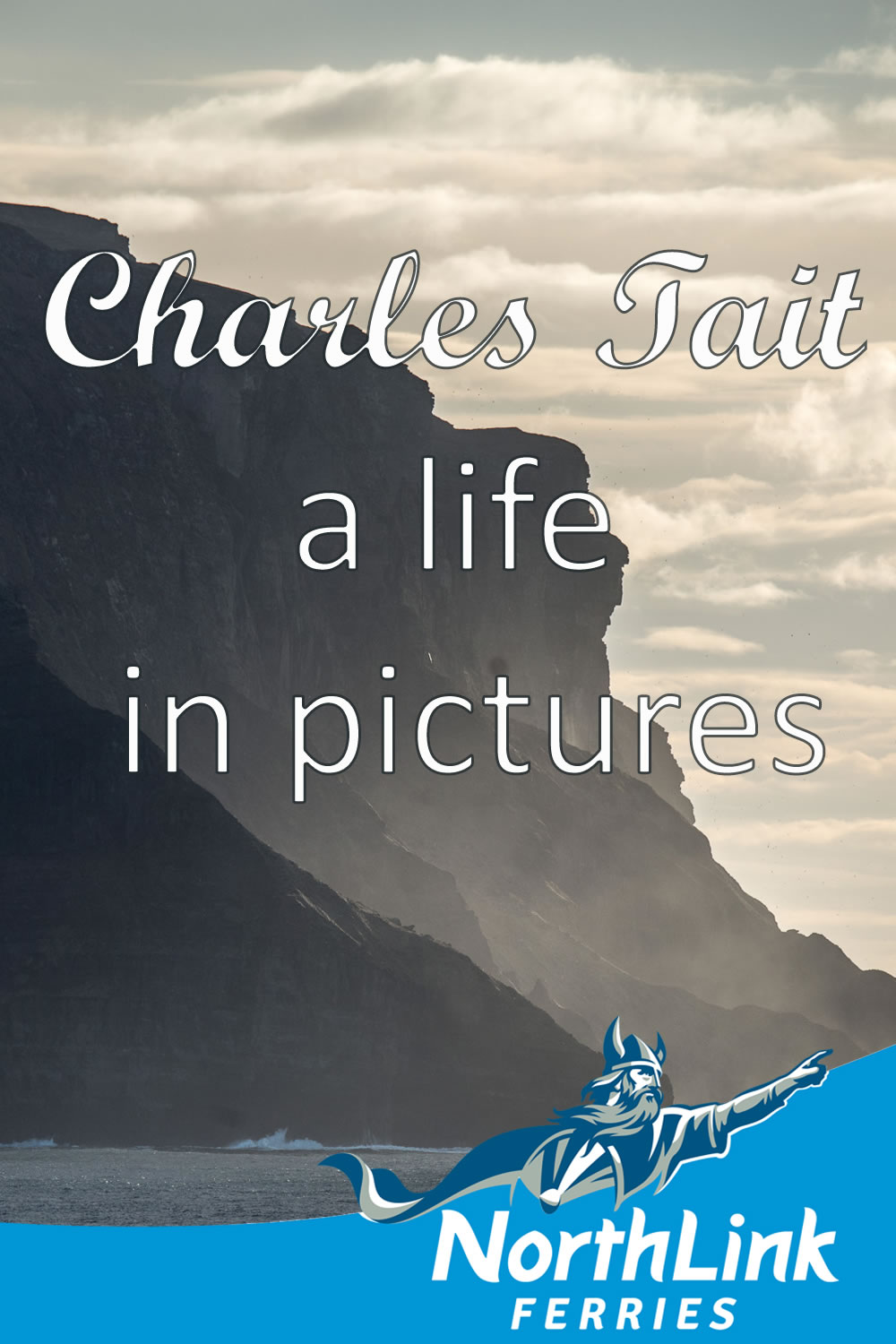Charles Tait – a life in pictures
Photographer Charles Tait is, to us, a figure central to the Orkney Tourism industry. As well as being the author of several acclaimed local guide books, his photographs have illustrated visitor brochures, calendars and postcards for many years.
“I expect I have probably have going on for a million images in my library now.”
In fact, the majority of the beautiful Orkney and Shetland pictures you’ll see on the NorthLink Ferrries website have been taken by Charles! We asked Charles to share his story along with some tips for budding photographers keen to capture the drama of the Northern Isles.
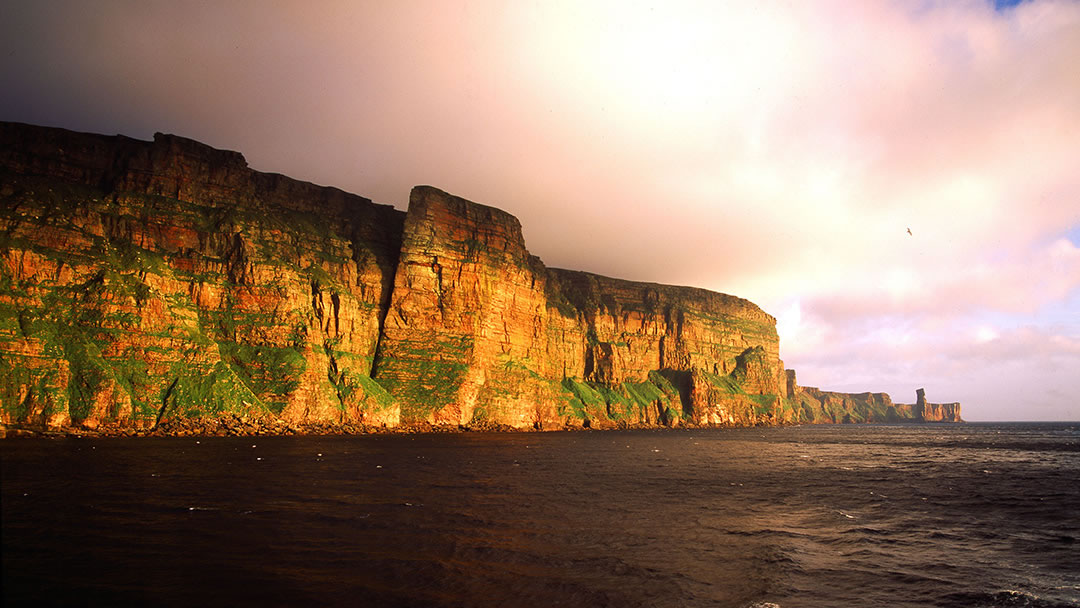
Q. When and how did you embark on photography as a career?
A. I’ve always been interested in photography since I was quite little because my Dad, various cousins and my Aunt Margaret, the film-maker, were very keen and it rubbed off on me.
After I finished my PHD, I worked in a lab in France for a year and a half. I was then supposed to be going to the States thereafter, with a brief stop in Orkney. This was in 1977.
However when we came back home I slipped into doing professional jobs and that was when it started. We never went to America and have been in Orkney ever since!
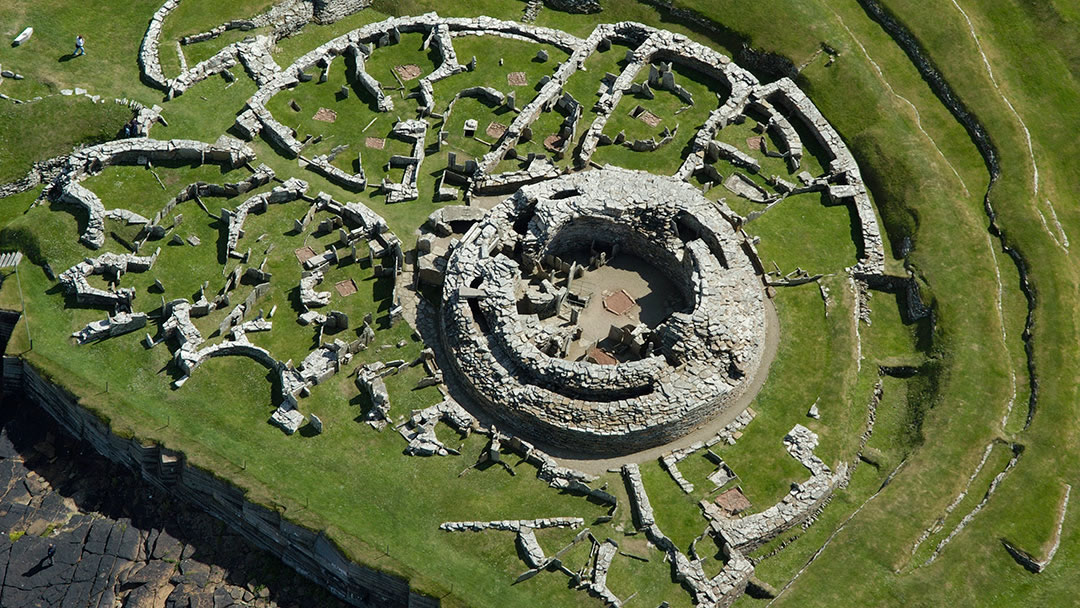
Q. So photography was something you just slipped into?
A. I never intended it to be a permanent thing. Photography was just something I was interested in and at that point I thought I could get a bit of experience in it and make some money while we were staying in Orkney for a little while.
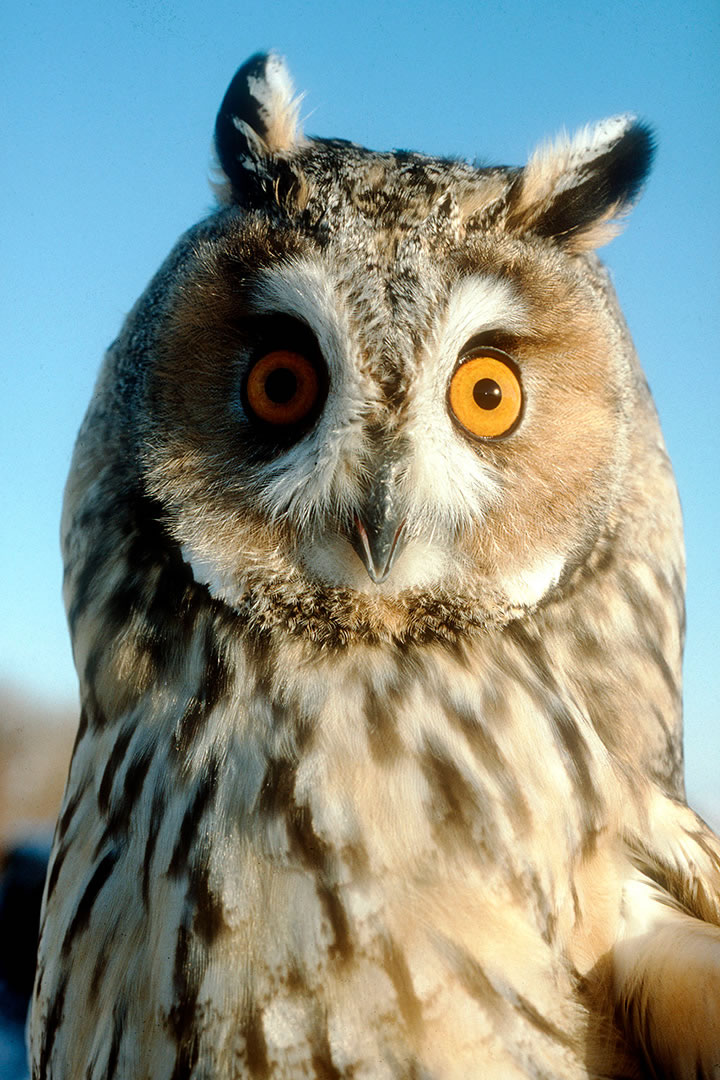
Q. You mentioned that Margaret Tait, the filmmaker, was your aunt?
A. Yes. She was a filmmaker and poet and I was very close to her. She was very influential when I was younger because of her interest in nature and her approach to film-making. She was also very keen on photography when she was younger. I also had a couple of Shearer cousins (first cousins of my Dad) and two of them are very keen on photography – so it’s clearly a family thing!
I started to take photos of people’s children, of weddings and other commercial jobs like that. This was at a time when cameras were good but it required much more knowledge of exposure and so on to get really good pictures.
There came a time later, in the late 80’s when you could buy really good little cameras and everyone started taking their own photos. This was the point at which I moved into publishing and tourism.
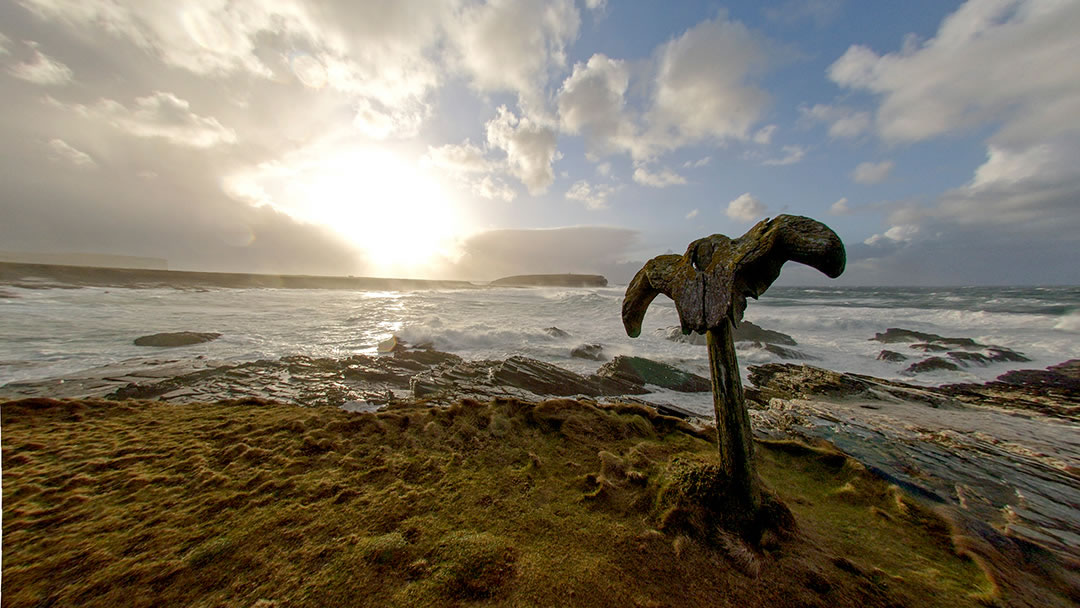
Q. Can I ask you what your PhD was in?
A. Bio-chemistry. I did genetics in Edinburgh and bio-chemistry in Aberdeen. The PhD was a very good thing to have done as, when it comes to writing Guide Books, you have to very organised with photography and research to put it all together. I would say each book I do is more organised than the one before!
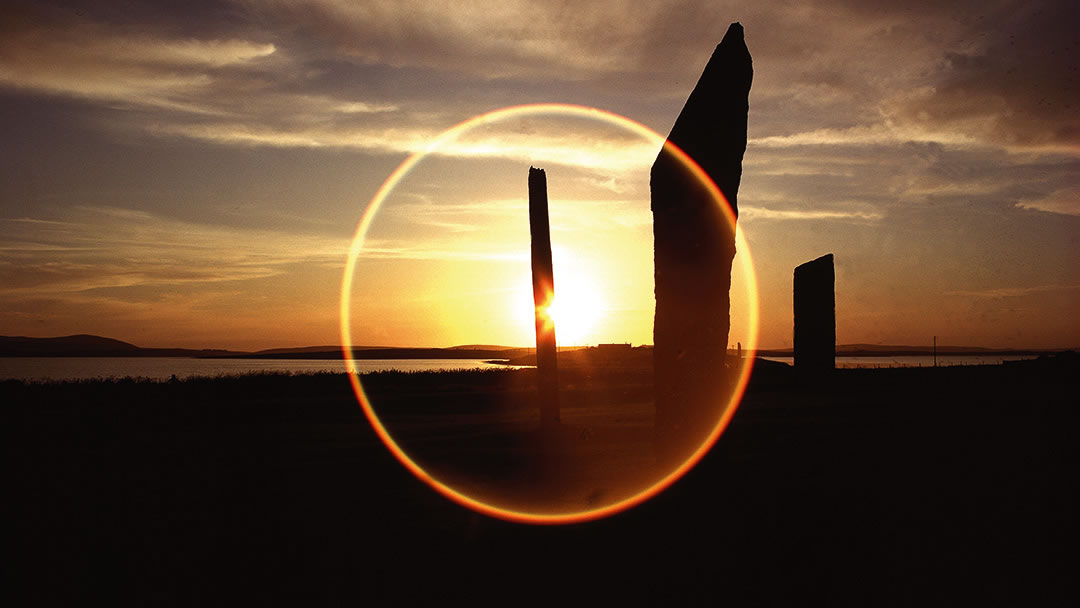
Q. You now have a massive catalogue of images of Orkney, Shetland and beyond throughout the seasons – did you ever think you would take so many photos?
A. Well yes, because when I was shooting on film I was probably taking a thousand rolls a year between slide film, black and white and colour negatives. I was probably taking about 30 thousand photos a year. Many of these images were for jobs with no particular purpose beyond a job, like a wedding for instance.
However the proportion of ‘keepers’ for the landscape and photo library were still pretty high. I’m sure it was growing by quite a few thousand a year since about 1978 or 79. This coincided with tourism taking off in Orkney and I was taking a lot of photos from that point of view from the very start.
When digital came along I don’t think it actually caused a huge increase in the number of photos taken. I expect I have probably have going on for a million images in my library now. When they are digital it’s much easier to catalogue them in a way but everything has to be done on the computer so it still takes a lot of time.
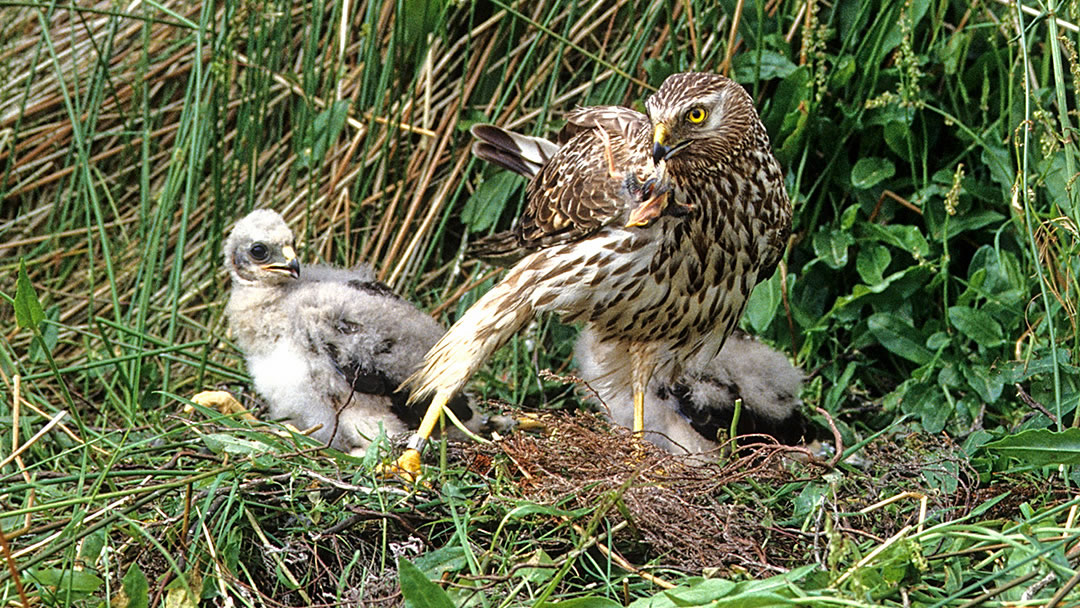
Q. What photo are you proudest of?
A. It’s very hard to pin down to one. There’s obviously some of the family that I am very happy to have, especially of people that are no longer with us – but also the little ones in the family when they were growing up.
There are nature shots which have been exceptionally difficult to get. I could name some photos of birds, butterflies and wild flowers that I’m pretty happy to have managed to get. Or perhaps the shot I’m proudest of may be of an event like the Ba’ – it’s a big challenge to get something different and really special each year!
I’ve also taken fantastic shots of light on the water in Orkney and Shetland. This creates some absolutely wonderful effects.
However, I wouldn’t say I have any one particular one photo that I’m proudest of, but if I was to go and look I would find several that I was pretty pleased with!
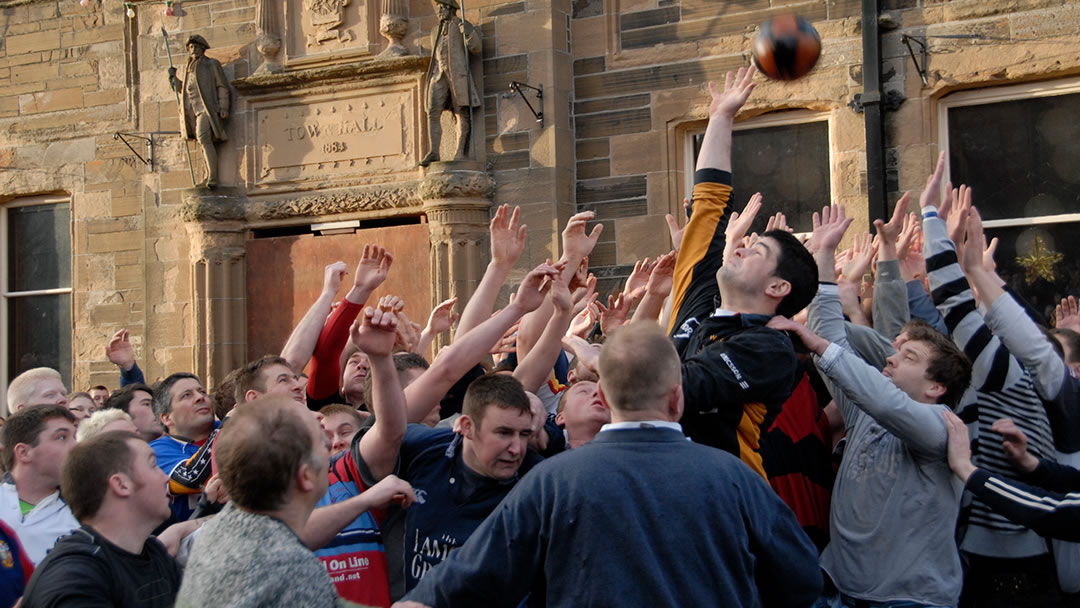
Q. What has been your most challenging photo to take?
A. I don’t know – photographing the Ba’ game is a real challenge but I have been doing it for a long time now so I know what’s going on and the best places to be. I think the biggest challenge is to try and take a special photo for a client of something that, on the face of it, doesn’t seem very interesting. Conditions might be hard and there’s not a lot of time to do it. I think the most challenging photos are those of seemingly mundane subjects – especially if there’s a real deadline and the weather’s not right!
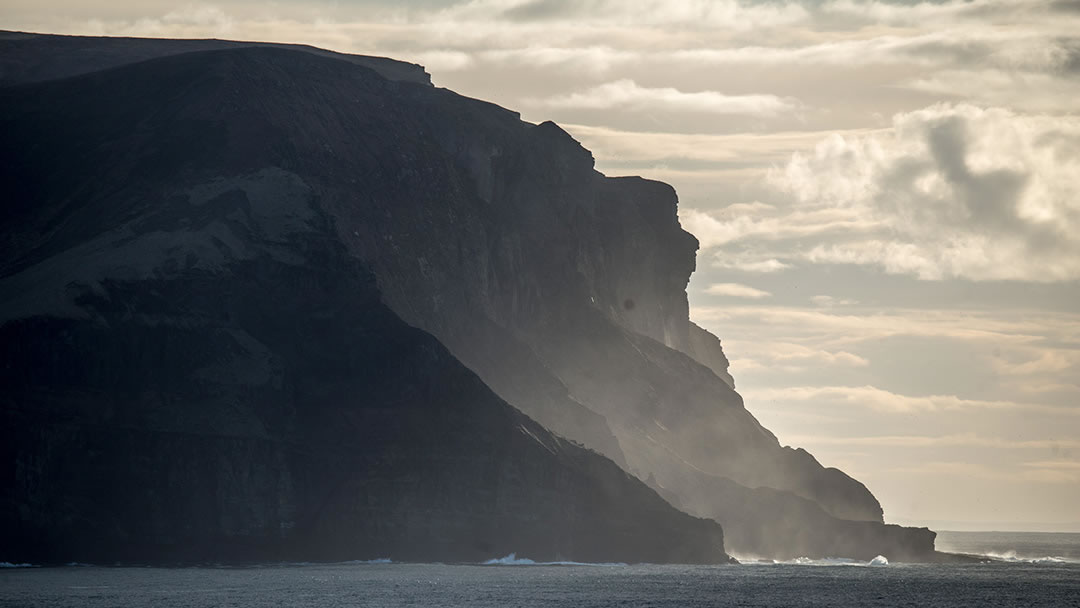
Q. Is there an aspect of Orkney or Shetland that you’ve yet to photograph and hope to in the future?
A. I’m sure you can live your whole life in Orkney and Shetland and never get everything -especially along the shore. I would love to get in a boat in the right weather and go and explore the coastline of the West Mainland, or Westray or Hoy, or in Shetland, caves in Papa Stour. So I hope to photograph more of the sea and of whales and dolphins in the future. In former summers it was quite unusual to see a whale or dolphin but now sightings seem to be much more common.
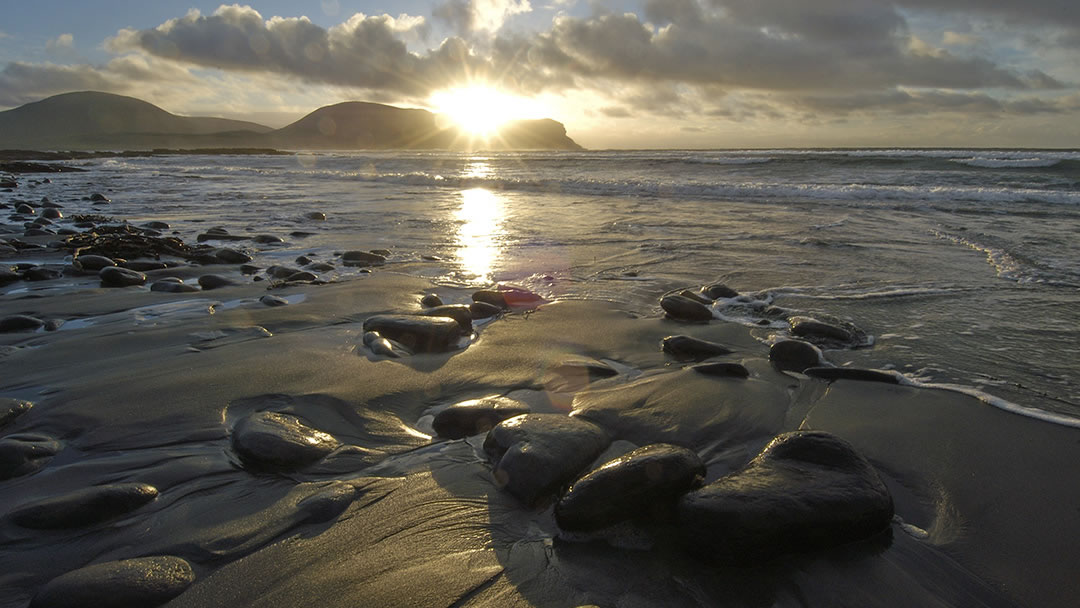
Q. We’ve seen brilliant photos from you of landscapes, wildlife, plants, people and events. Can you offer any tips for taking great photos?
A. There are three pieces of advice that I would offer. The first is that you really need to know your gear. It doesn’t matter what kind of camera or lenses or accessories you might have. You need to know your gear inside out so that you don’t have to think about working it. I would say that’s absolutely important to not lose any shots because you’re not familiar with the equipment.
My next hint is equally as important – you need to know your subject. No matter whether it’s the behaviour of small children, knowing about birds or wildflowers, knowing what time the tide is going to be in or sunrise angles and times. Knowing the subject is really important to get the best photo you can.
The final tip is to develop your eye when you are going out and about. Looking for inspiration to take new photos is helped by opening all your senses. You don’t want anything to come between you and whatever it is you are trying to photograph.
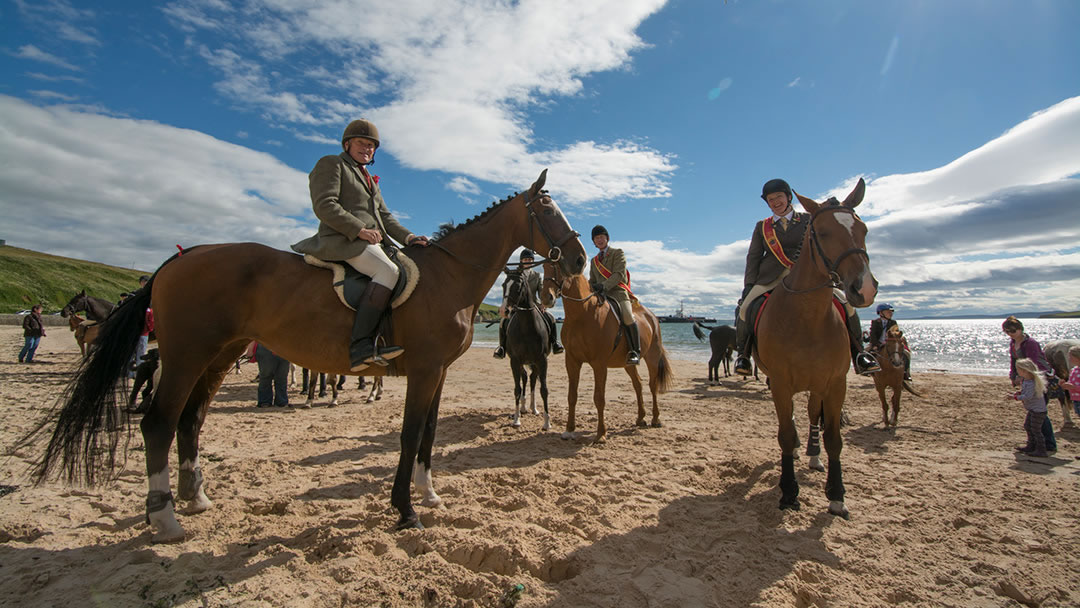
Q. Can you offer any more advice for photographers?
A. I’d also say that dedication and patience and being in the right place at the right time is very important – again it’s all part of knowing your subject. For instance, photographing people whether they are babies, or toddlers and adults is a mixture of empathy, firmness and imagination because you have to keep them under control. In truth, adults are harder to photograph than children because you have to be quite firm. I mean that in the nicest possible way!
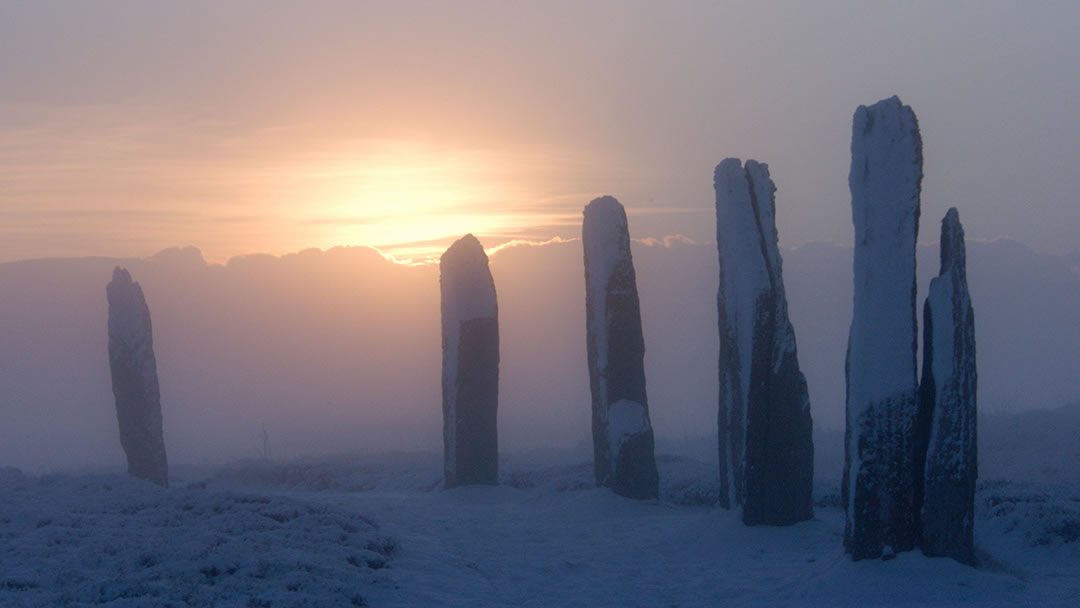
Q. When I look through your catalogue there are a lot of these places that you’ve gone to many times in different weathers (such as the Ring of Brodgar) Is perseverance important?
A. Perseverance is crucial. If I am working on a new area it doesn’t matter what the weather is, I’ll drive down all the roads and go to all the places where I might take photographs. Then when the weather turns nice I can just zip around and get all the shots I need. I may appear to be in a great rush but that’s the best way I’ve found to get great photos of a new area.
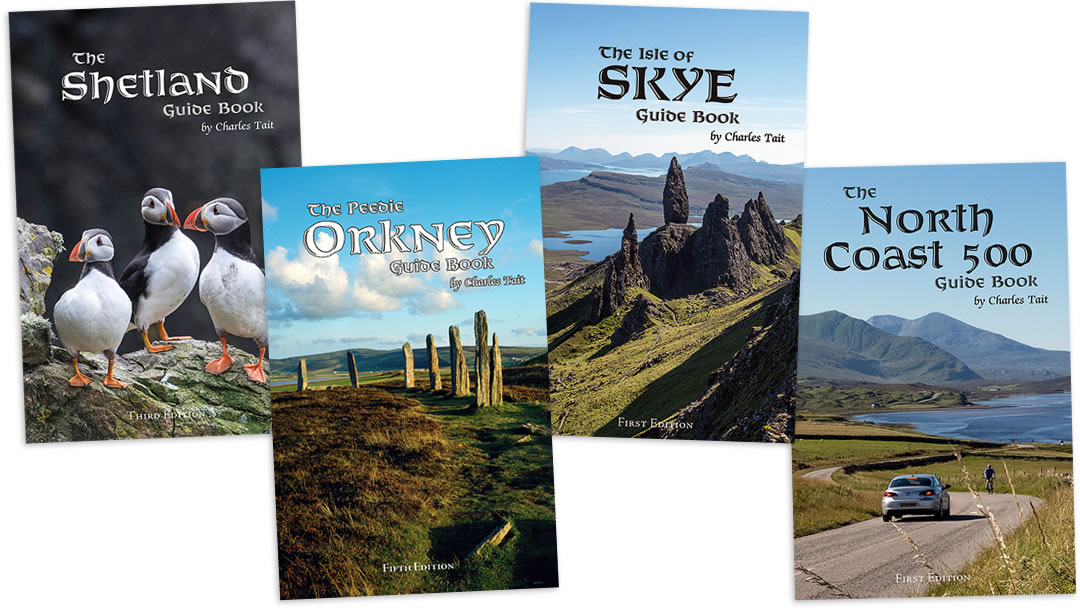
Q. How did you come up with the idea of writing your fantastically detailed and beautifully illustrated Guide books?
A. It was either 1990 or 91 when the first Guide Book came out and this was just when tourism was really starting to grow fast in Orkney. In the late 1980s there was no such book available so it seemed entirely logical, having done postcards and calendars, that I should write a book about Orkney. The plan actually was to do one on Scapa Flow to begin with, but it ended up being a little book about Orkney which was very successful.
Computer software developed greatly during that time. It was shortly after that first publication that you could scan slides and create page layouts on your own computer – that essentially halved the costs incurred at the printers. I found that most of the work was possible to do myself – this made creating books much more cost effective.
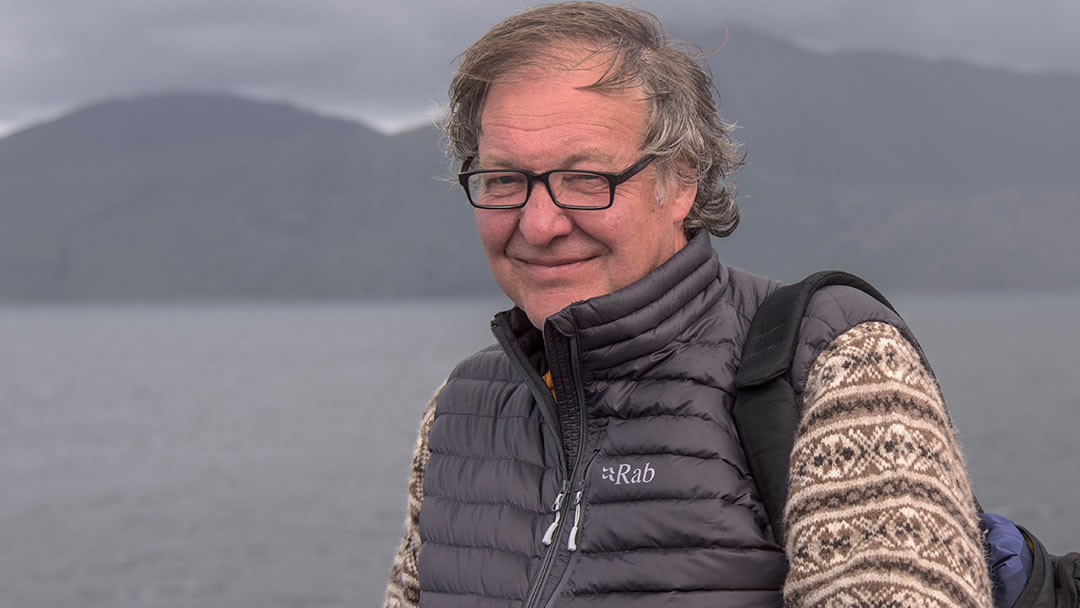
Q. Looking at your guidebooks, they are so much more densely illustrated than other guide books – was that something you consciously set out to do?
A. Yes – I came at it from a completely different angle and wrote the books around the photos. I think you can put across a lot more information in a few photos than you can in a whole lot of text. I thought that a book with lots of images combined with good text would be much less work for the person looking at it! Many other Guide books have hardly any pictures in them, but that’s because they have to pay for photos to illustrate it with! I have my photo library at my disposal! That said, I still have to pay for the pictures in terms of time to go and take them.
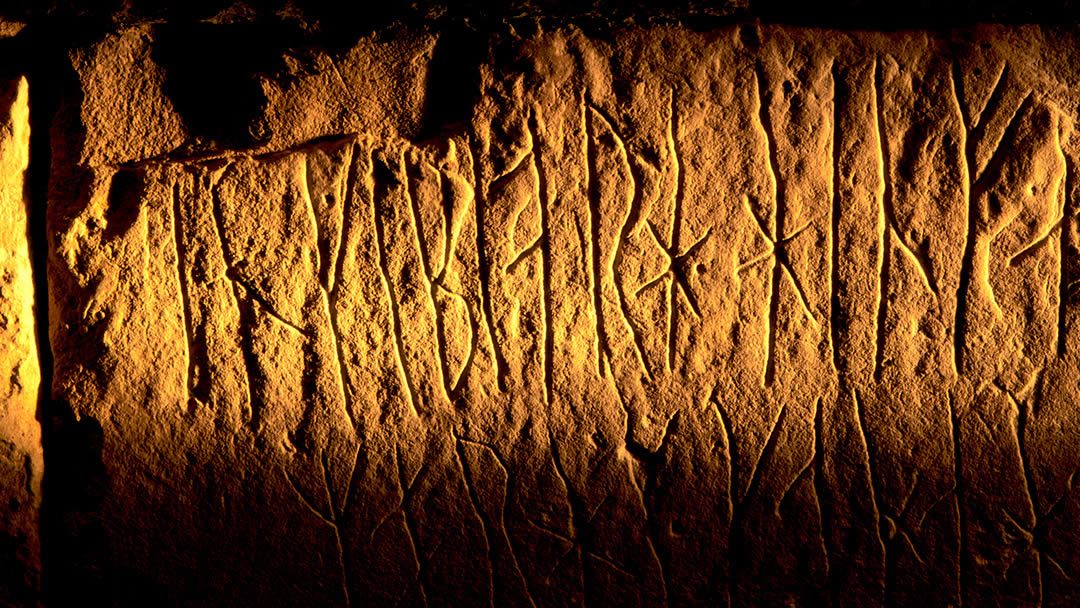
Q. It must have taken a fantastic amount of research to write about all the attractions in such depth.
A. Yes, it does! I remember when I was working on the big Orkney book a few years back now, some friends from South visited and remarked on the piles of books I had all over the place. My friend asked “You don’t mean to say that you’ve read all of these books?” and I said “Well, I will have soon!”
It’s one of the ways I do my research – I read lots of books, some of which are quite old, and then I put all the stories together. I’ve always written in storylines, trying to make the text as informative and dense as possible but still very easy to read.
I also only write about places I’ve been to – this helps to really get to know my places. However, taking the time to go and visit places like the North highlands or Skye in different seasons and weather can be quite expensive. That is why I camp a lot!
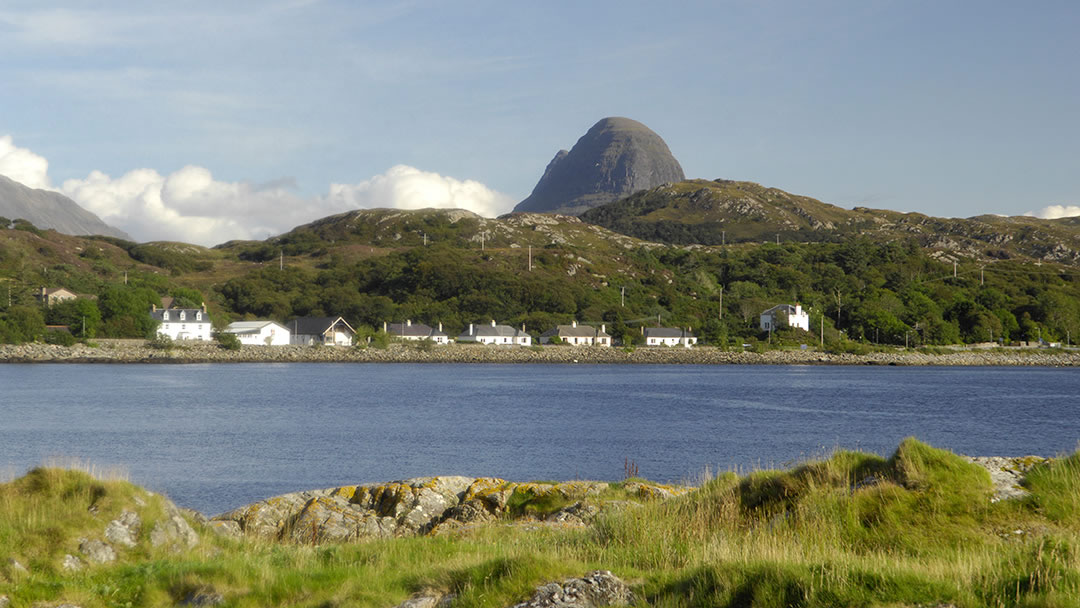
Q. What other areas have your Guide books covered outwith Orkney and Shetland – how do you choose an area to write about?
A. At the same time as I was working on the one in Shetland I was working on one in the Outer Hebrides because both seem very logical extensions of areas to cover. It’s very easy for an Orcadian to get on well in those areas because we are all islanders!
I was persuaded to do a Guide Book for the North Highlands by the North Highland Initiative a few years ago. Sales suffered a little as it covers such a huge area with few bookshops. That said, with the current interest in the North Coast 500 route, that’s changing. I’m currently writing a NC500 book for next year.
This year I published a Skye Guide Book which involved multiple trips to that beautiful island. The Skye book incorporates many of the changes I’ve been putting into my books, such as itinerary planners and mini-indexes.
Many folk think that you don’t need Guide books nowadays – that you can find out everything on the internet and refer to it on your mobile phone but that just isn’t true. With a physical book you can zip back and forth, you can write in it, mark pages with sticky notes. I think the information is more accessible than it is on a website.
The future is looking positive for guidebooks thanks to on-demand printing. It’s not quite here yet, but it’ll be great for guidebooks. I’ll be able to print in much smaller numbers and keep them much more up to date.
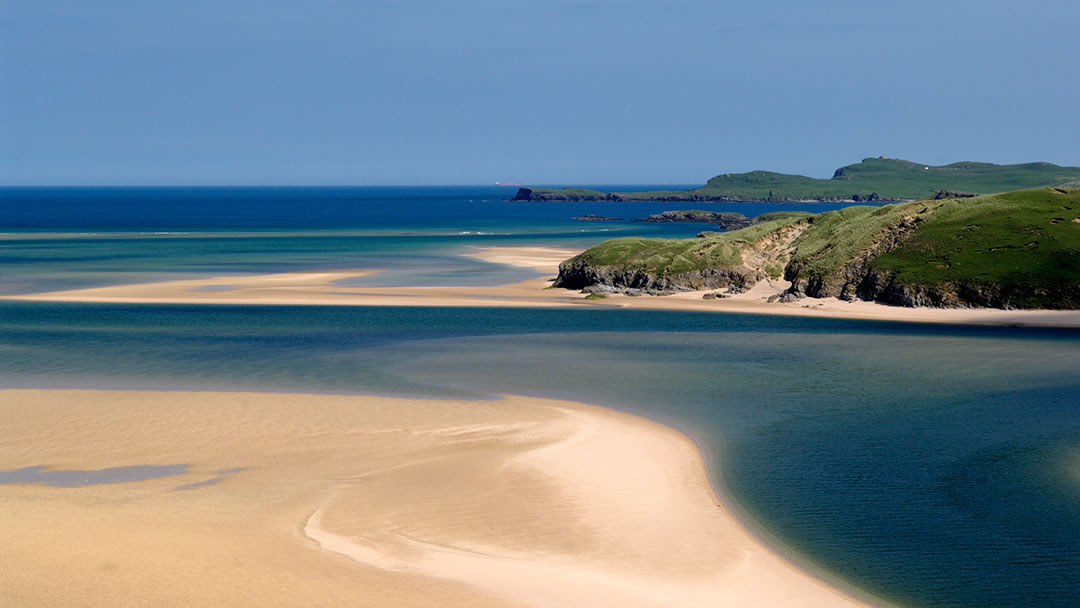
Q. Am I right in thinking your son works with you these days, Charles?
A. Yes – Magnus works here with me. He’s very good at Photoshop and he helps me by sending out orders and holding down the fort if I am away working too! Thorfinn, my other son, is in Japan. He teaches English in a high school and he also helps in the business because he’s good at Adobe Illustrator and InDesign. Files are sent back and forth across the internet between Orkney and Japan. He’s good at proofing too! However, he has two young children and another on the way, so he doesn’t have as much time to help as he used to!
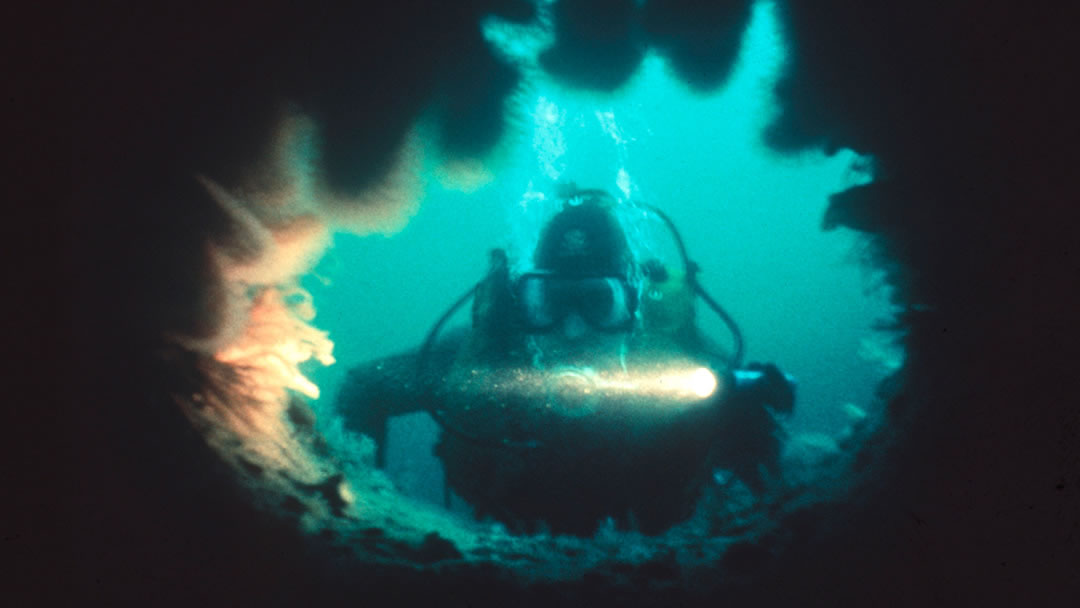
Q. So you mentioned that next year’s Guide book will be about the North Coast 500. What areas will future Guide Books cover?
A. I’m working on one about Scapa Flow and thinking about covering the Hebridean Trail which goes from Vatersay to the Butt of Lewis. Then I’m probably going to focus on a Guidebook for an Orkney and Shetland trail – which might start in Stromness and end up in the north end of Unst! I think an Orkney and Shetland trail would be a good add-on for the NC500.
For the North Coast 500 book, I’m obviously mainly talking about the itinerary and route. However each section is going to have a number of suggestions of side routes you could explore. For instance, from South Wester Ross it’s going to be Skye. From Caithness a great side route would be Orkney and Shetland!
Finally I’m working on a big project to do with the Ba’. The New Year coming will be my 80th Ba’ so I have had a long term plan to write a book about it. I have spent hours scanning thousands of negatives of the Ba’, going back to 1977! I’m not sure how long it will take, but it would be good to have that book out in time for next Christmas!
Visit http://www.charles-tait.co.uk/ to order a Guide Book by Charles Tait or to view more of his work for yourself.
 By Magnus Dixon
By Magnus DixonOrkney and Shetland enthusiast, family man, loves walks, likes animals, terrible at sports, dire taste in music, adores audiobooks and films, eats a little too much for his own good.
Pin it!